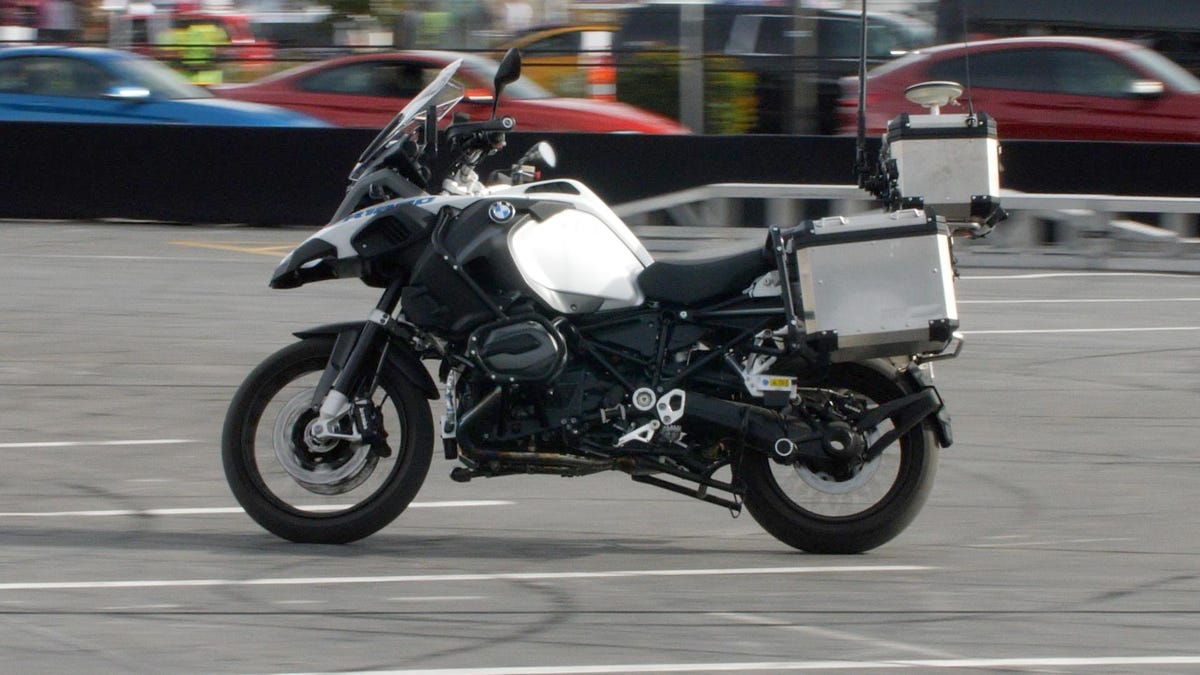CES 2019: BMW's self-riding motorcycle is packed with near-future tech
BMW isn't going to make self-riding motorcycles like this for the public, but the tech behind it could show up in a GS near you sooner than you'd think.

Back in September, BMW Motorrad quietly released a video of one of its R1250 GS motorcycles navigating a race track without a rider. It was a little weird to watch but deeply impressive on a technical level, though unfortunately, BMW was keeping mostly mum as to the details of its workings.
Now, a few months later, and BMW has decided to bring the bike to CES 2019 in Las Vegas where it has been doing demos. We managed to finagle a little time with one of the bike's designers to find out more about Motorrad's goals for the project and how it made the damned thing work.
One of the few pieces of information that BMW let slip when it initially showed off the bike was that the intent of the project was not to develop a self-riding motorcycle for public consumption, but rather to use it as a test bed for advanced rider-assistance systems for the near future.
The bike itself has been in development for only three years and the bulk of the technology that makes the self-riding function possible is already equipped on most modern Beemers, namely the advanced gyroscope that enables the bike to accurately determine its angle of lean.
The hardware changes to bring things like adaptive cruise control and automatic emergency braking to the bike would amount to just a few hundred dollars difference in cost, according to Dr. Karl Viktor Schaller, head of development for BMW Motorrad. Further, Dr. Schaller assured Roadshow that these technologies were only a few years away -- meaning more than 2, less than 10 -- and that when they did debut, it would be on the R-series touring bikes first.
BMW sees the inclusion of advanced rider-aid systems as mandatory in a future where autonomous vehicles are the norm. While the tech wouldn't ride the bike for the rider, it could be used to help teach novice riders how to be safer on their new motorcycles, and it could also be used as a riding coach to help advanced riders come closer to the limits of their high-performance racing machine.

